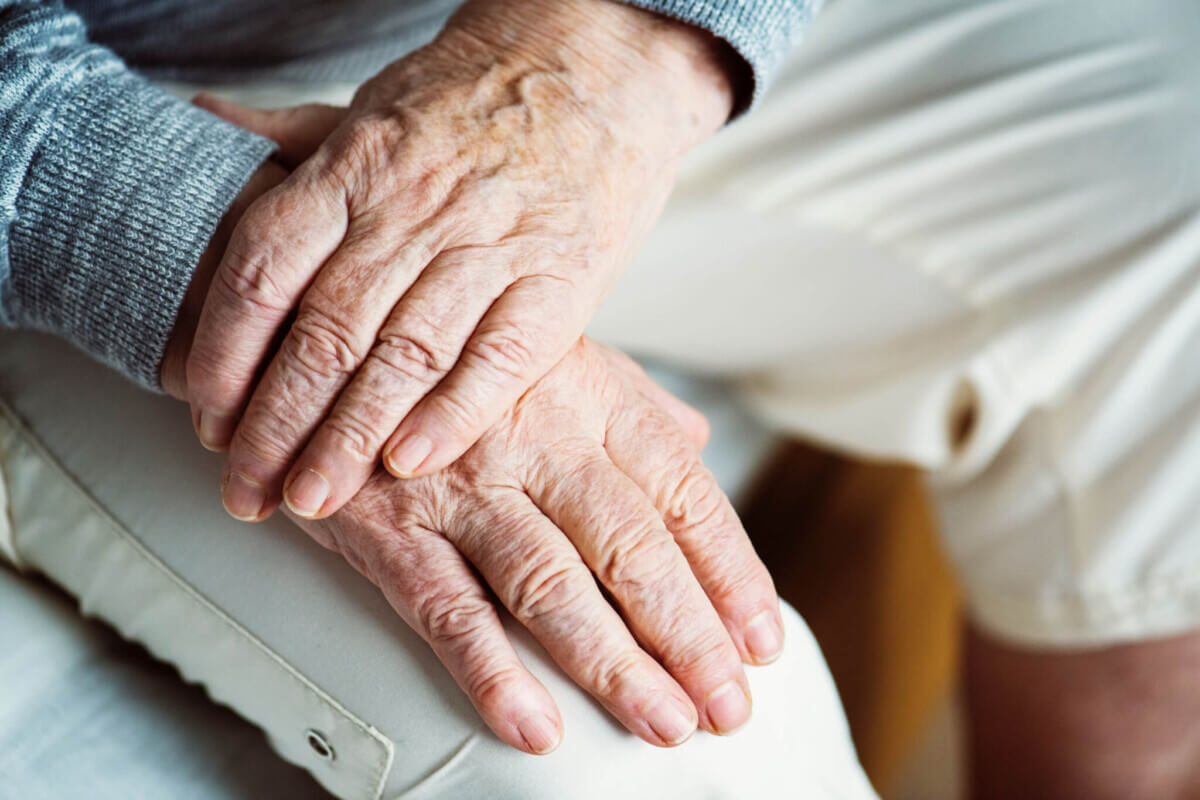
pexels.com
ADELAIDE, Australia — The term “frail” is usually reserved for elderly individuals over the age of 65. Characterized by general weakness, delicacy, and increased susceptibility to illness, frailty isn't something most people even consider as a possibility for themselves during middle age. However, a new study conducted at Flinders University finds that the path to frailty actually begins in many people as young as 40 years old.
Researchers say that “pre-frailty” occurs in an astounding 45% of 40-49 year olds. That's roughly the same percentage of 70-75 year olds who experience pre-frailty. The study's authors say that adults even younger than 40 should start working towards avoiding the debilitating condition.
“You don't have to be in your 70s or 80s to be heading down the path to frailty. Age doesn't matter,” says Sue Gordon, a professor at the university and Chair of Restorative Care in Aging, in a media release. “Successful healthy aging interventions and self-management should commence in at least the fourth decade of life focusing on these factors which contribute to pre-frailty and frailty.”
So, what should one look out for as indicators of pre-frailty? Poor balance, weak legs, weak trunk stability (the ability to control spinal and pelvic posture), diminished foot sensations, being underweight, poor nutrition. If any of these descriptions apply to you, researchers recommend you do your best to address the issue, no matter your age. Ignoring these conditions could lead to serious frailty later in life.
Other indicators of the transition from pre-frailty to full-on frailty include a poor mental state, psychological distress, weak lung functioning, and poor sleep quality. Many people cross over to full-blown frailty while living alone as well.
As far as how to address these problems, the research team say there are plenty of resources online regarding how to live healthier and improve one's health all from the comfort of home.
“People working from home during the self-isolation period can take the opportunity to reassess their health, habits and routines to seek ways to make their daily routines and homes better places to live, and live longer in the process,” concludes study co-author Professor Anthony Maeder, from the Digital Health Research Centre at Flinders University.
The study is published in BMC Geriatrics.
[fb_follow /]










